When working with trauma survivors, particularly those who experienced childhood trauma, therapists often encounter distinct patterns in how clients assign responsibility for their experiences. This framework, centered around the concept of locus of control, offers valuable insights for both therapists and clients navigating the complex journey of trauma recovery.
What is Locus of Control?
Locus of control refers to where individuals place responsibility for events in their lives. Think of it as the “center of control” – who or what we believe drives the outcomes we experience. The concept, originally developed by psychologist Julian Rotter, has become fundamental in understanding how people process traumatic experiences. In trauma therapy, understanding a client’s locus of control can provide crucial insights into their healing journey and the therapeutic approaches that might be most effective.
The Three Categories of Trauma Response
The Exterior Category: External Locus of Control
Clients in this category correctly recognize that childhood trauma wasn’t their fault – a crucial realization supported by extensive research on childhood development. However, they may become overly attached to their victim identity. While acknowledging that “nothing anyone does to you as a child is something you deserved” is essential, these individuals sometimes struggle to embrace their adult agency and capacity for healing.
These individuals often show strong identification with being a victim and have difficulty moving beyond the trauma narrative. They may channel their pain into various forms of expression or activism, seeking to change systems that perpetuate harm. While this can provide meaning and purpose, it may also create resistance to healing due to fear of losing their identity. The therapeutic focus becomes helping these clients recognize their current agency while honoring their past experiences, validating their trauma while gently encouraging them to explore life beyond the victim identity. For more on how identity impacts healing, see our post on trauma and self-concept.
The Interior Category: Internal Locus of Control
These individuals carry excessive responsibility for their childhood trauma. They believe if they had been better, they would have been lovable, and it’s their fault this happened. This group often develops what trauma specialist Pete Walker calls the “inner critic” – a harsh internal voice that maintains impossible standards and perpetuates self-blame.
People in this category experience an overwhelming sense of personal responsibility for others’ actions and struggle with cycles of self-punishment and shutdown. They have extreme difficulty accepting that childhood trauma wasn’t their fault, often maintaining impossible personal standards that no one could meet. The therapeutic work involves helping clients understand the developmental impossibility of a child being responsible for adult actions. Using concrete examples, like comparing adult and child shoe sizes, can help illustrate that a four-year-old cannot make fully responsible decisions or control adult behavior. Learn more about addressing self-blame in our guide to healing childhood wounds.
The Inferior Category: Denial of Trauma
Perhaps the most challenging group, these clients deny that trauma exists or insist it was beneficial. You might hear statements like “He beat the hell out of me, and I’m going to beat the hell out of my kids too. That made me strong.” This perspective aligns with what researchers call “trauma minimization”, a defense mechanism that protects against overwhelming emotional pain.
These individuals show complete denial of trauma’s impact and often justify harmful behaviors, unconsciously perpetuating trauma cycles across generations. They resist acknowledging any emotional effects and often seek help for other issues while denying trauma’s role. The therapeutic work involves gently exploring how childhood experiences shape current behaviors without necessarily condemning parents or caregivers. Key therapeutic questions include examining what tools were given in childhood to navigate life, what rules about the world were learned and whether they’re serving the client now, and how childhood patterns might be affecting current relationships or work.
Understanding Trauma Attribution: Who’s to Blame?
Each category has distinct beliefs about whether trauma exists and who bears responsibility. The exterior category firmly states “It happened, and it’s their fault,” with absolutely acknowledged trauma often central to their identity. They maintain clear external blame toward parents, abusers, systems, or society, with a narrative of “I am who I am because of what they did to me.” The risk is becoming stuck in perpetual victimhood, unable to see personal power.
The interior category believes “It happened, and it’s my fault,” acknowledging trauma but internalizing it as personal failure. Their attribution is self-blame, thinking “I should have been better or different,” with a narrative that “If I had been lovable or good enough, this wouldn’t have happened.” This creates crushing guilt and shame that perpetuates self-harm patterns. For strategies on breaking these patterns, see our article on overcoming shame.
The inferior category asks “What trauma?” denying, minimizing, or reframing negative experiences as positive. They see no one at fault because nothing bad happened, maintaining that “It made me stronger” or “That’s just how families are.” The risk is unconsciously perpetuating trauma patterns while denying their impact.
Environmental Fit: Where Different Locus of Control Styles Thrive
Interestingly, different environments reward different locus of control patterns, which can complicate the healing process. Understanding these dynamics helps explain why some clients resist change even when their patterns cause suffering.
Environments Favoring Internal Locus of Control
Corporate and business settings often promote extreme personal responsibility through messaging like “You are the CEO of your own life.” Success is attributed solely to individual effort while failure becomes personal shortcoming. Interior category individuals may initially excel in these environments but risk severe burnout. The modern “hustle culture” can dangerously reinforce unhealthy internal attribution patterns, making therapy essential for developing balance.
The self-help industry similarly emphasizes personal transformation through individual will, promoting “you create your own reality” philosophies. This can inadvertently shame trauma survivors by implying they’re choosing their pain. Interior category individuals often gravitate toward these messages, which reinforce their existing self-blame rather than promoting genuine healing.
Academic achievement settings create merit-based systems that tie worth directly to performance. Interior category individuals often become overachievers in these environments, seeking external validation that temporarily soothes but never truly heals the inner critic. The constant pressure to excel maintains their pattern of taking excessive responsibility for all outcomes.
Environments Favoring External Locus of Control
Activist communities focus on systemic change and collective responsibility, providing exterior category individuals with purpose and validation. While this can offer a healthy outlet for anger about injustice, it risks identity entrenchment when the activist role becomes inseparable from the trauma survivor identity. The validation of injustice and harm is important, but growth requires eventually moving beyond this single narrative.
Support groups offer shared experiences and mutual validation where exterior category individuals feel understood and accepted. However, without careful facilitation, these spaces risk creating echo chambers that discourage personal growth or reinforce victim identity. The balance between validation and growth requires skilled group leadership that encourages both acknowledgment of harm and exploration of agency.
Environments That Dismiss Trauma
Traditional “tough” professions like military, law enforcement, and emergency services often maintain a “suck it up” mentality that aligns perfectly with trauma denial. Inferior category individuals may feel at home in these environments where acknowledging pain is seen as weakness. This reinforcement makes it even harder to recognize when past trauma affects current functioning.
Certain family systems operate under “we don’t air dirty laundry” cultures where generational trauma gets disguised as tradition. The inferior category stance often becomes required for family acceptance, perpetuating cycles across generations. Breaking these patterns requires tremendous courage to challenge long-standing family rules about what can and cannot be discussed.
Competitive sports environments normalize both physical and emotional pain through “no pain, no gain” philosophies. Inferior category individuals may excel by disconnecting from pain, finding structure and success while avoiding emotional processing. The celebration of pushing through suffering reinforces their existing trauma denial patterns.
The Complexity of Environmental Reinforcement
What makes healing particularly challenging is that society often rewards these extreme positions. The interior category person might become a successful CEO, their self-punishment driving what looks like achievement. The exterior category person might become a powerful advocate, their unhealed wounds fueling passionate work for change. The inferior category person might excel in demanding physical professions, their disconnection from pain seen as admirable strength.
These environmental rewards create significant resistance to healing. Clients wonder why they should change if their pattern is “working” for them professionally or socially. They fear losing their edge or identity if they develop a more balanced locus of control. Many worry that acknowledging trauma means becoming “weak” or that healing means becoming “average” and losing what makes them special or successful. For more on navigating success and healing simultaneously, read our post on high-functioning trauma survivors.
The Goal: Flexible Locus of Control
The ultimate therapeutic goal isn’t to swing from one extreme to another but to develop a flexible locus of control. This means taking appropriate responsibility for one’s own behavior without assuming responsibility for others’ actions. It requires navigating gray areas with critical thinking rather than black-and-white rules. Most importantly, it involves balancing self-compassion with personal accountability, recognizing that healing requires both acknowledgment of harm done to us and ownership of our current choices.
Practical Applications for Therapists
When a trauma client enters your office, quickly assessing their locus of control can guide your therapeutic approach. Listen carefully for blame patterns to understand who the client holds responsible for their trauma. Notice how central trauma is to their self-concept and identity. Assess their acknowledgment levels regarding trauma’s impact on their life. Identify specific resistance points where they struggle to shift perspective.
The therapeutic relationship itself becomes a place to practice flexible locus of control. Therapists can model appropriate responsibility-taking while refusing to accept blame for client’s choices. This dance of responsibility helps clients learn what healthy attribution looks like in real relationships. For therapists seeking to deepen their trauma work, explore our trauma-informed therapy training resources.
Moving Forward
Remember that healing from trauma isn’t about finding the “right” person to blame or deciding whether experiences were “bad enough” to count as trauma. Instead, it’s about developing a nuanced understanding of how past experiences shape present patterns and choosing which patterns to keep and which to change. The journey requires acknowledging both the reality of harm and the possibility of healing, holding space for grief about what happened while cultivating hope for what’s possible.
By understanding where clients place their locus of control and how their environment reinforces these patterns, therapists can better guide them toward that flexible middle ground where true healing occurs. This balanced perspective acknowledges past hurts while embracing present possibilities, creating space for both validation and growth. The goal is never to minimize or exaggerate trauma but to find an honest, compassionate relationship with our experiences that allows us to live fully in the present while honoring our past.



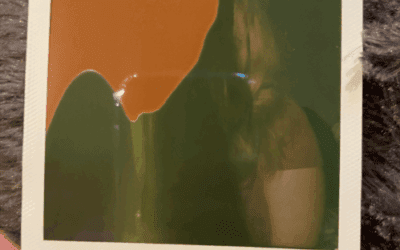
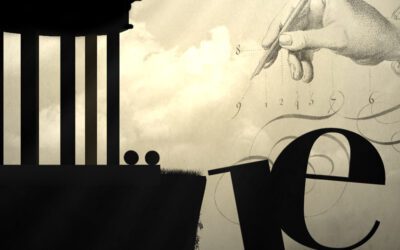


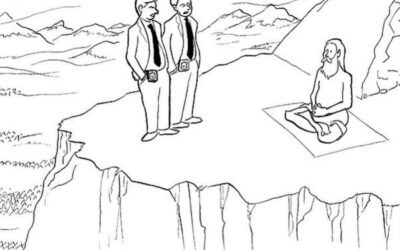
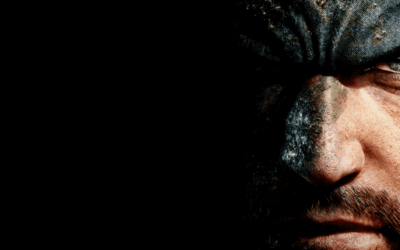


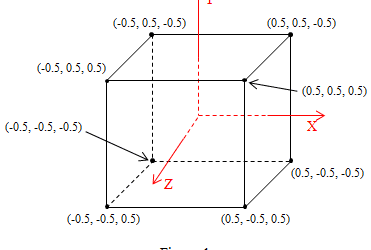


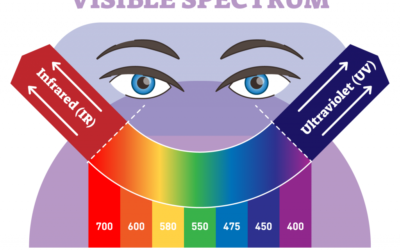


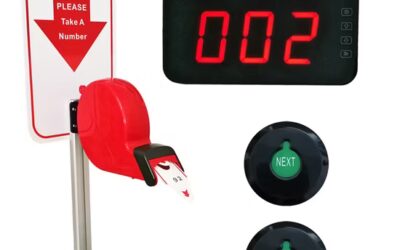

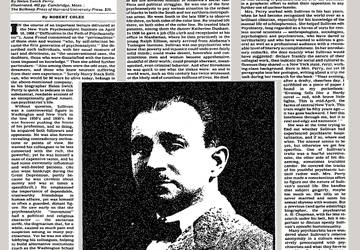


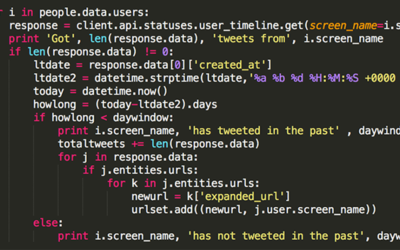


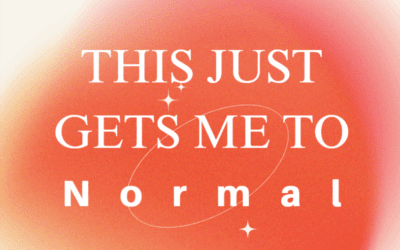

0 Comments